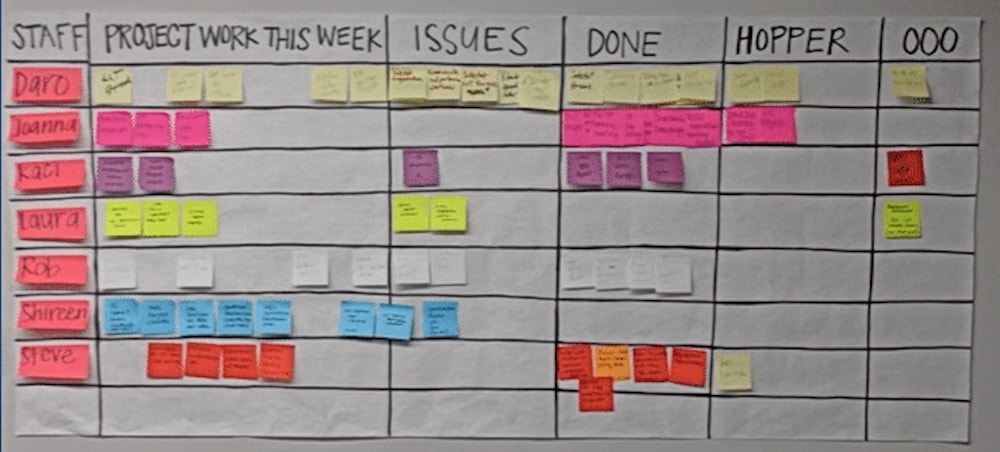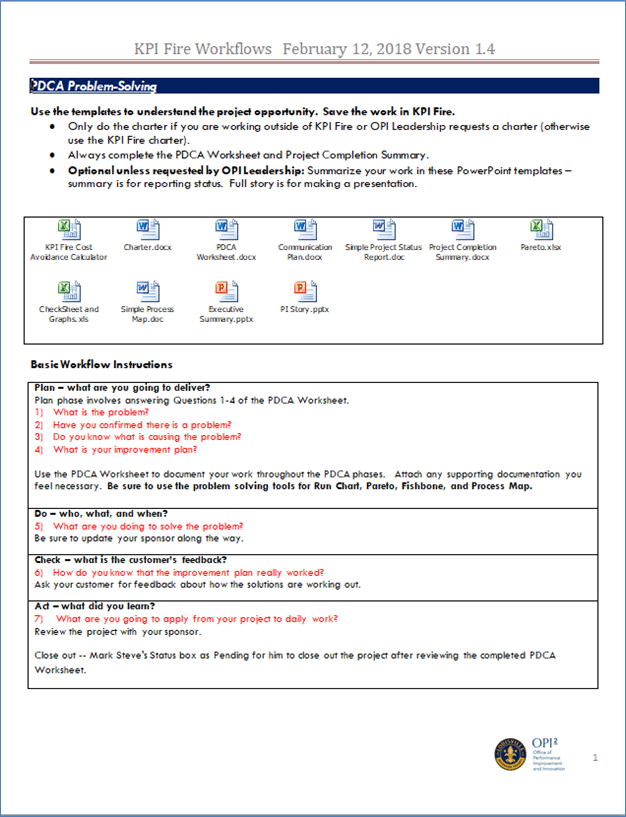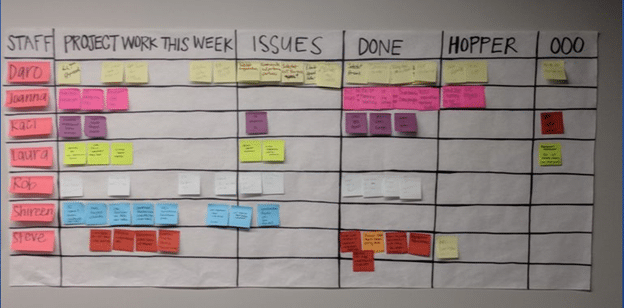
Problem-solving teams are equipped to help leaders break through vexing operational challenges that impair customer satisfaction. Often, there are more challenges than resources, and staying focused on the most critical problems is imperative. This case study describes how a team redirected its efforts toward strategic needs.
Original Team Purpose
In Louisville, Kentucky, Greg Fischer, businessman and Six Sigma Black Belt, became mayor in 2010. He initiated the transformation of public service through two strategic actions:
- LouieStat: An organizational performance review program that uses the total quality management approach of plan, do, check, act (PDCA) for problem-solving.
- Office of Performance Improvement (OPI): A centralized team initially charged with training and project management support for 24 agencies, agency chiefs, directors and a group of analytical employees called Performance Partners. (Performance Partners are analogous to what other organizations typically call Green Belts or Black Belts.)
OPI and Performance Partners work together on department improvement projects within the LouieStat program. LouieStat highlights a department’s performance using key process metrics. Problem-solving is a responsibility of the Performance Partners with OPI guidance.
Examine Team Purpose to Remain Relevant
New OPI leadership reviewed its project listing and training records and realized its team was focusing too much energy on training and support of low-priority projects.
OPI team members, however, were not reviewing all possible problem-solving opportunities across the departments to identify key themes of a strategic nature. For example, overtime hours might be a concern to a few departments, resulting in training or small improvement projects. The better response would be to examine the organization’s total overtime performance using root cause analysis tools.
Through OPI team discussions, the team members agreed to investigate how it delivered support to internal partners, in order to raise the level of problem-solving in the city. OPI leadership suspected the team needed to become more of an internal management consulting unit emphasizing strategic work.
Use Simple Questions to Collect Data
OPI created a complete but straightforward tool to collect data (Table 1). The device allowed team members to gather qualitative and quantitative data to make changes. Data-gathering methods included surveys, focus groups, interviews and project summaries.
| Table 1: Data Collection Tool | |
| How | Key Questions |
| Brand – How we want clients to experience us |
|
| Strategy – What we do to help others |
|
| Services – How we help others |
|
| Systems – How we manage our work |
|
| Values – What we believe about ourselves |
|
| Style – How we engage others |
|
| Skills – What we are good at doing |
|
One Program, Many Projects
OPI worked with Performance Partners and other key leaders to implement a series of changes in how OPI operated. This collaborative approach helped OPI’s internal partners improve their internal processes by seeing firsthand how OPI managed its change efforts. The improvement projects included the following:
- Simplified problem-solving training to last no longer than one hour
- Offered problem-solving training topics as individual courses or combinations of courses
- New courses include 7 Basic Tools, Visual Boards, 5S, Lean, Teamwork, Customer Experience, Program Evaluation, Strategic Planning, Project Management and Six Sigma
- Standardized project workflows for just do it, PDCA and project management (Figure 1 for PDCA example)
- Weekly huddle around a visual board involving all OPI team members (Figure 2)
- Documented OPI strategic plan


OPI’s Tune-up Pays Off
Improvements to the training approach resulted in more than 500 employees giving OPI a rating of 9.5 out of 10. More strategically, over 15 projects were commissioned following training – including six new visual boards and six applications of 5S. The projects for visual boards and 5S were accomplished in less than one month per project, and the cost avoidance savings totaled $299,520.
As valuable as these benefits are, the more important result of OPI’s tune-up is a renewed focus on strategic projects. All projects are now reviewed and prioritized against city and department plans before decisions are made about acceptance and execution. The visual boards and 5S projects, for example, are part of a broader city initiative to be a 5S city.
Lessons Learned
Keep your problem-solving priorities focused on strategic work. Examine your work. Use the assessment tool as a starting point to improve. Engage your internal partners. Good luck!